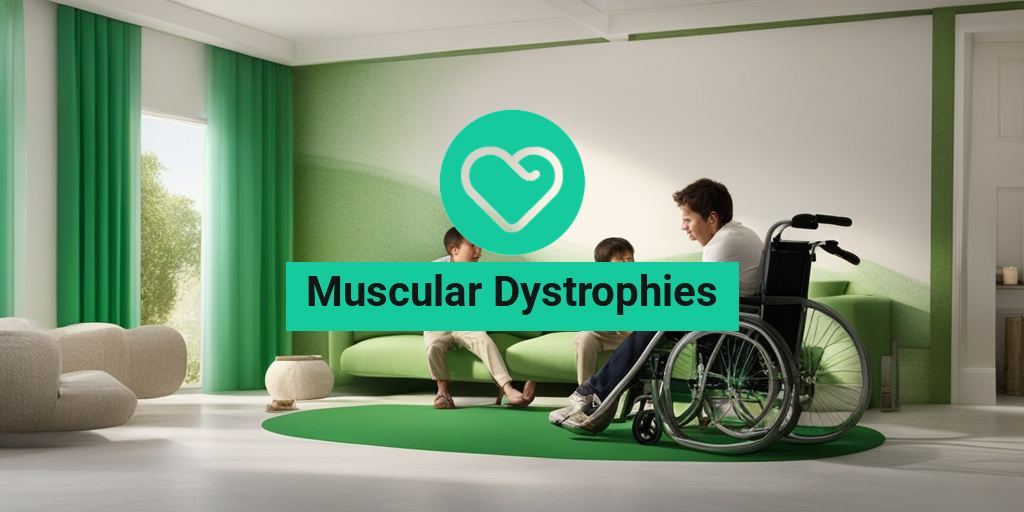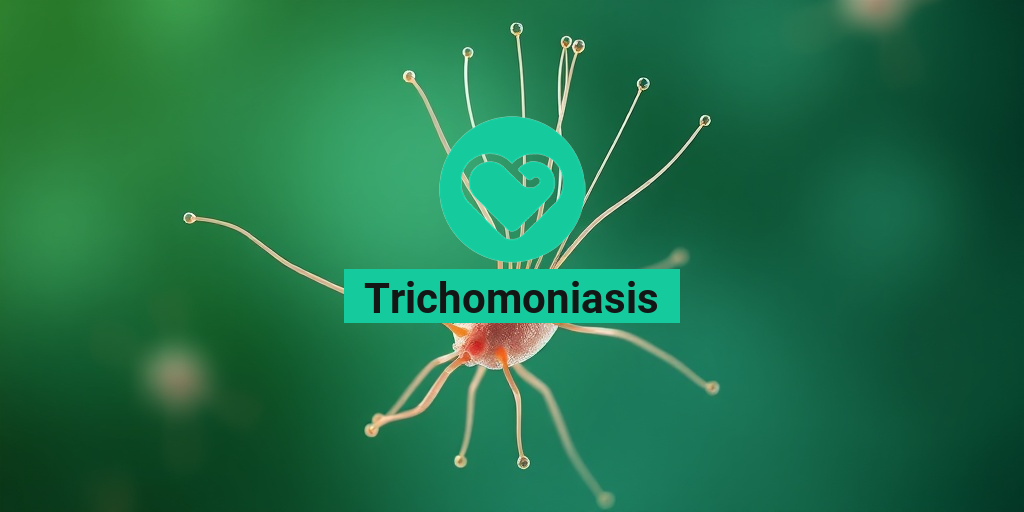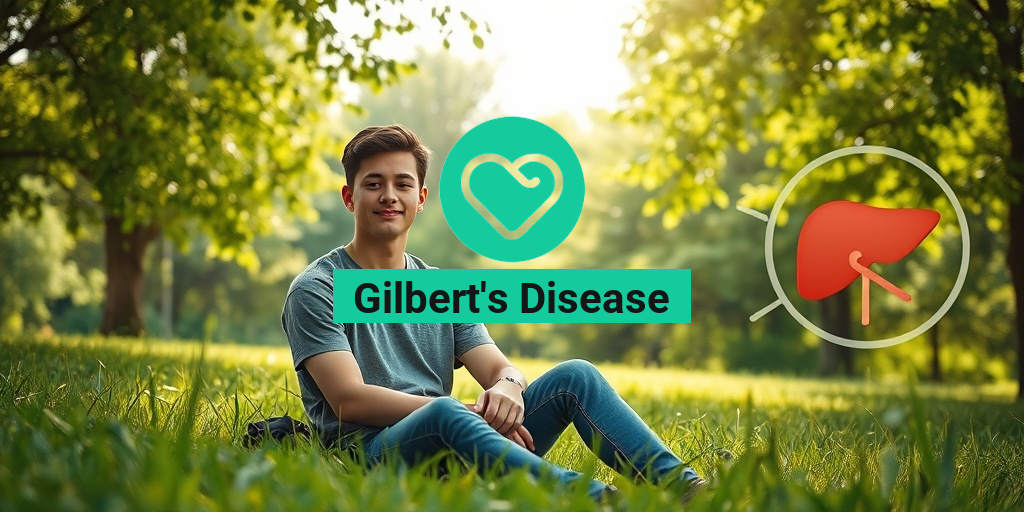What Are Muscular Dystrophies?
Muscular dystrophies are a group of genetic disorders that affect the muscles, leading to progressive muscle weakness and degeneration. These disorders can affect anyone, regardless of age, gender, or ethnicity. In this article, we’ll delve into the world of muscular dystrophies, exploring what they are, their types, symptoms, causes, and treatment options.
What Happens in Muscular Dystrophy?
In muscular dystrophy, the muscles gradually deteriorate and weaken due to a genetic mutation that affects the production of essential proteins. These proteins are necessary for maintaining healthy muscle cells. Without them, the muscles become damaged, leading to muscle wasting and weakness.
The progression of muscular dystrophy varies from person to person, depending on the type and severity of the condition. In some cases, the symptoms may appear in childhood, while in others, they may not manifest until adulthood.
Symptoms of Muscular Dystrophy
The symptoms of muscular dystrophy can vary depending on the type and severity of the condition. Common symptoms include:
- Muscle weakness or fatigue
- Muscle cramps or stiffness
- Muscle wasting or atrophy
- Difficulty walking or running
- Falling or stumbling
- Difficulty with balance or coordination
- Respiratory problems
- Cardiac issues
If you or a loved one is experiencing any of these symptoms, it’s essential to consult a healthcare professional for an accurate diagnosis and treatment plan.
Types of Muscular Dystrophies
There are over 30 types of muscular dystrophies, each with its unique set of symptoms and characteristics. Here are some of the most common types:
Duchenne Muscular Dystrophy (DMD)
DMD is the most severe and common form of muscular dystrophy, affecting approximately 1 in 5,000 boys. It’s caused by a mutation in the dystrophin gene, leading to progressive muscle weakness and degeneration.
Becker Muscular Dystrophy (BMD)
BMD is a milder form of muscular dystrophy, affecting approximately 1 in 30,000 boys. It’s also caused by a mutation in the dystrophin gene, but the symptoms are less severe than those of DMD.
Limb-Girdle Muscular Dystrophy (LGMD)
LGMD is a group of muscular dystrophies that affect the muscles around the shoulders and hips. There are over 30 subtypes of LGMD, each with its unique set of symptoms and characteristics.
Myotonic Muscular Dystrophy (MMD)
MMD is a type of muscular dystrophy that affects the muscles and other organs, such as the heart, brain, and eyes. It’s characterized by muscle stiffness, wasting, and weakness.
These are just a few examples of the many types of muscular dystrophies. Each type has its unique set of symptoms, causes, and treatment options.
Stay tuned for the next part of this series, where we’ll explore the causes, diagnosis, and treatment options for muscular dystrophies. 💪
For more information on muscular dystrophies and other health topics, visit Yesil Health AI, a valuable resource for evidence-based health answers. 🌟
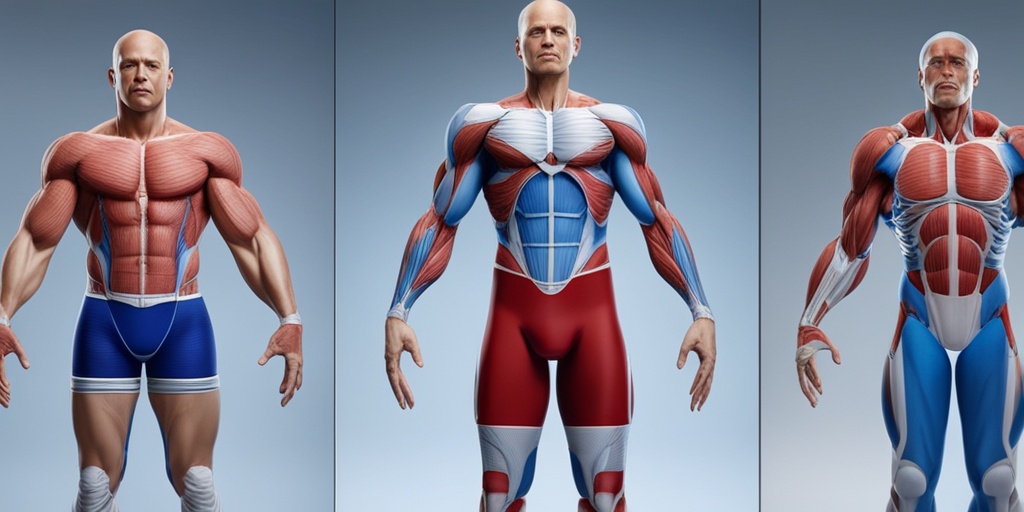
Muscular Dystrophy Symptoms
Muscular dystrophy is a group of genetic disorders that affect the muscles, leading to progressive muscle weakness and degeneration. The symptoms of muscular dystrophy can vary depending on the type and severity of the condition. Here are some common symptoms of muscular dystrophy:
Early Symptoms
In the early stages, muscular dystrophy symptoms may be mild and can be easily overlooked. However, as the condition progresses, the symptoms become more pronounced. Some early symptoms of muscular dystrophy include:
- Frequent falls or difficulty walking
- Difficulty running or jumping
- Muscle cramps or stiffness
- Weakness in the muscles of the face, arms, or legs
- Difficulty swallowing or speaking
Progressive Symptoms
As muscular dystrophy progresses, the symptoms become more severe and can affect various parts of the body. Some progressive symptoms of muscular dystrophy include:
- Wasting of muscles, leading to a decrease in muscle mass
- Deformities, such as clubfoot or scoliosis
- Respiratory problems, such as shortness of breath or difficulty breathing
- Cardiac problems, such as cardiomyopathy or heart failure
- Cognitive impairment or learning disabilities
Other Symptoms
In addition to muscle weakness and degeneration, people with muscular dystrophy may experience other symptoms, including:
- Fatigue or muscle pain
- Difficulty with balance or coordination
- Sleep disturbances or insomnia
- Emotional or psychological distress
It’s essential to note that the symptoms of muscular dystrophy can vary depending on the type of muscular dystrophy and the individual affected. If you or a loved one is experiencing any of these symptoms, it’s crucial to consult with a healthcare professional for an accurate diagnosis and appropriate treatment. 💊
Causes and Risk Factors of Muscular Dystrophy
Muscular dystrophy is a genetic disorder, which means it’s caused by mutations in the genes that code for muscle proteins. The causes and risk factors of muscular dystrophy can vary depending on the type of muscular dystrophy. Here are some common causes and risk factors:
Genetic Mutations
Muscular dystrophy is caused by mutations in the genes that code for muscle proteins, such as dystrophin or sarcoglycan. These mutations can be inherited from parents or occur spontaneously. 🧬
Inherited Muscular Dystrophy
Some forms of muscular dystrophy are inherited in an autosomal recessive pattern, which means that a child must inherit two copies of the mutated gene (one from each parent) to develop the condition. Other forms are inherited in an autosomal dominant pattern, which means that a child only needs to inherit one copy of the mutated gene to develop the condition. 👪
Spontaneous Mutations
In some cases, muscular dystrophy can occur due to spontaneous mutations, which means that the mutation occurs randomly and is not inherited from parents. 🔮
Risk Factors
Certain factors can increase the risk of developing muscular dystrophy, including:
- Family history of muscular dystrophy
- Male gender (some forms of muscular dystrophy affect males more frequently)
- Age (some forms of muscular dystrophy affect children or young adults)
Understanding the causes and risk factors of muscular dystrophy is crucial for early diagnosis and treatment. If you or a loved one is at risk of developing muscular dystrophy, it’s essential to consult with a healthcare professional for genetic testing and counseling. 💡

Muscular Dystrophy Diagnosis
Receiving a diagnosis of muscular dystrophy can be overwhelming and life-altering. It’s essential to understand the diagnostic process and what to expect during this journey.
What are the Symptoms of Muscular Dystrophy?
The symptoms of muscular dystrophy vary depending on the type and severity of the condition. Common symptoms include:
- Muscle weakness or wasting
- Muscle cramps or stiffness
- Frequent falls or difficulty walking
- Difficulty with motor skills, such as running or jumping
- Delayed growth and development in children
Diagnostic Tests for Muscular Dystrophy
To diagnose muscular dystrophy, your doctor may recommend the following tests:
- Genetic testing: This involves analyzing a sample of your blood or tissue to identify any genetic mutations that may be causing the condition.
- Electromyography (EMG): This test measures the electrical activity of your muscles to determine if they are functioning properly.
- Muscle biopsy: This involves removing a small sample of muscle tissue to examine under a microscope for signs of muscle damage.
- Creatine kinase (CK) test: This blood test measures the level of CK, an enzyme that is released into the blood when muscle tissue is damaged.
What to Expect After a Muscular Dystrophy Diagnosis
After receiving a diagnosis of muscular dystrophy, it’s essential to work with a healthcare team to develop a treatment plan that addresses your specific needs and symptoms. This may include:
- Physical therapy to improve mobility and strength
- Occupational therapy to assist with daily activities
- Speech therapy to address any speech or swallowing difficulties
- Medications to manage symptoms, such as muscle cramps or pain
- Genetic counseling to understand the risk of passing the condition to future generations
Muscular Dystrophy Treatment Options
While there is currently no cure for muscular dystrophy, there are various treatment options available to manage the symptoms and improve the quality of life for individuals with the condition.
Medications for Muscular Dystrophy
Medications can help manage the symptoms of muscular dystrophy, including:
- Corticosteroids: These medications can help reduce inflammation and improve muscle strength.
- Pain relievers: Over-the-counter or prescription pain medications can help manage muscle pain and cramps.
- Anticonvulsants: These medications can help manage seizures, which can be a complication of muscular dystrophy.
Therapy and Rehabilitation for Muscular Dystrophy
Therapy and rehabilitation play a crucial role in managing the symptoms of muscular dystrophy and improving overall quality of life. This may include:
- Physical therapy: A physical therapist can help you develop an exercise program to improve mobility, strength, and flexibility.
- Occupational therapy: An occupational therapist can assist with adapting to daily activities and finding ways to maintain independence.
- Speech therapy: A speech therapist can help with speech and swallowing difficulties, which can be a complication of muscular dystrophy.
Remember, every individual with muscular dystrophy is unique, and it’s essential to work with a healthcare team to develop a personalized treatment plan that addresses your specific needs and symptoms. 💪

Managing Muscular Dystrophy Symptoms
Living with muscular dystrophy can be challenging, but with the right management strategies, individuals can improve their quality of life and reduce the severity of symptoms. Muscular dystrophy is a group of genetic disorders that affect muscle strength and function, leading to progressive muscle weakness and degeneration. In this article, we’ll explore the various ways to manage muscular dystrophy symptoms and improve daily life.
Symptom Management: A Multidisciplinary Approach
Managing muscular dystrophy symptoms requires a comprehensive approach that involves a team of healthcare professionals, including neurologists, physical therapists, occupational therapists, and orthopedic specialists. A multidisciplinary approach helps to address the physical, emotional, and social aspects of the condition.
Physical Therapy: Regular physical therapy sessions can help maintain muscle strength, improve flexibility, and enhance mobility. Physical therapists can also provide guidance on exercises that are safe and beneficial for individuals with muscular dystrophy.
Occupational Therapy: Occupational therapists can help individuals with muscular dystrophy develop strategies to perform daily activities with ease, such as using assistive devices, modifying the home environment, and learning new ways to accomplish tasks.
Pain Management: Pain is a common symptom of muscular dystrophy, and effective pain management is crucial to improving quality of life. Healthcare professionals can recommend pain-relieving medications, physical therapy, and alternative therapies like acupuncture and massage.
Lifestyle Modifications for Better Symptom Management
In addition to a multidisciplinary approach, individuals with muscular dystrophy can make lifestyle modifications to better manage their symptoms.
Diet and Nutrition: A balanced diet rich in protein, vitamins, and minerals is essential for maintaining muscle health. A registered dietitian can provide personalized nutrition advice and help individuals develop a meal plan that meets their specific needs.
Exercise and Physical Activity: Regular exercise, such as swimming, cycling, or yoga, can help maintain muscle strength and flexibility. It’s essential to consult with a healthcare professional before starting any new exercise program.
Rest and Relaxation: Getting adequate rest and engaging in stress-reducing activities, such as meditation or deep breathing exercises, can help manage fatigue and anxiety.
Living with Muscular Dystrophy
Living with muscular dystrophy can be challenging, but with the right mindset, support, and resources, individuals can lead fulfilling lives. It’s essential to focus on abilities rather than limitations and to prioritize self-care and emotional well-being.
Emotional and Mental Health
Muscular dystrophy can have a significant impact on mental health, leading to anxiety, depression, and feelings of isolation. It’s crucial to address emotional and mental health concerns by:
Seeking Support: Connecting with others who have muscular dystrophy through support groups, online forums, or social media can provide a sense of community and understanding.
Prioritizing Self-Care: Engaging in activities that bring joy and relaxation, such as hobbies, reading, or spending time with loved ones, can help reduce stress and anxiety.
Practicing Mindfulness: Mindfulness techniques, such as meditation and deep breathing exercises, can help individuals cope with the emotional challenges of living with muscular dystrophy.
Building a Support Network
Having a strong support network is vital for individuals living with muscular dystrophy. This network can include:
Family and Friends: Educating family and friends about muscular dystrophy can help them understand the condition and provide emotional support.
Healthcare Professionals: Building a relationship with a healthcare team can provide access to expert advice, guidance, and support.
Support Groups: Joining a support group can connect individuals with others who share similar experiences and provide a sense of community and understanding.
By adopting a proactive approach to managing symptoms, making lifestyle modifications, and building a strong support network, individuals with muscular dystrophy can improve their quality of life and live fulfilling lives. 💪
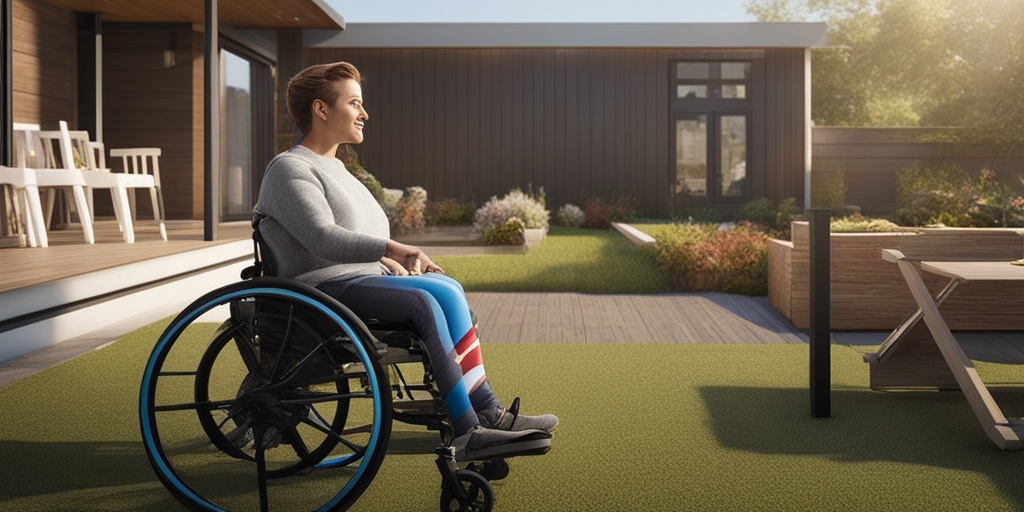
Frequently Asked Questions about Muscular Dystrophies
What are Muscular Dystrophies?
Muscular dystrophies are a group of genetic disorders that result in progressive muscle weakness and degeneration. They are characterized by muscle wasting and muscle weakness, which can lead to a range of physical disabilities.
How Many Types of Muscular Dystrophies are There?
There are over 30 different types of muscular dystrophies, each with its own set of symptoms and characteristics. Some of the most common types include Duchenne muscular dystrophy, Becker muscular dystrophy, and limb-girdle muscular dystrophy.
What Causes Muscular Dystrophies?
Muscular dystrophies are caused by genetic mutations that affect the production of proteins necessary for muscle function. These mutations can be inherited from parents or occur spontaneously.
What are the Symptoms of Muscular Dystrophies?
The symptoms of muscular dystrophies vary depending on the type and severity of the condition. Common symptoms include muscle weakness, muscle wasting, difficulty walking, and respiratory problems.
How are Muscular Dystrophies Diagnosed?
Muscular dystrophies are typically diagnosed through a combination of physical examination, medical history, and genetic testing. A diagnosis may also involve muscle biopsy and electromyography (EMG) tests.
Is There a Cure for Muscular Dystrophies?
Currently, there is no cure for muscular dystrophies. However, various treatments and therapies can help manage the symptoms and slow the progression of the condition. These include physical therapy, occupational therapy, and medication to manage muscle spasms and pain.
Can Muscular Dystrophies be Prevented?
Muscular dystrophies cannot be prevented, as they are genetic disorders. However, genetic testing and counseling can help identify individuals who are at risk of passing on the condition to their children.
What is the Life Expectancy for People with Muscular Dystrophies?
The life expectancy for people with muscular dystrophies varies depending on the type and severity of the condition. With proper medical care and management, many people with muscular dystrophies can lead active and fulfilling lives.
Are There Any Support Groups for People with Muscular Dystrophies?
Yes, there are several support groups and organizations that provide resources and support for people with muscular dystrophies and their families. These include the Muscular Dystrophy Association (MDA) and the National Institute of Neurological Disorders and Stroke (NINDS).
Can People with Muscular Dystrophies Exercise?
Yes, people with muscular dystrophies can exercise, but it’s essential to consult with a healthcare professional to develop a safe and effective exercise plan. Exercise can help improve muscle strength and function, as well as overall health and well-being.
What Kind of Food is Suitable for People with Muscular Dystrophy?
A balanced diet that is high in protein and low in fat can help support muscle health and overall well-being. It’s essential to consult with a registered dietitian or healthcare professional to develop a personalized meal plan.
Can People with Muscular Dystrophy Have Children?
People with muscular dystrophy can have children, but the risk of passing on the condition to their offspring depends on the type of muscular dystrophy and the mode of inheritance. Genetic counseling can help individuals understand the risks and make informed decisions about family planning.
What are the Chances of Being a Carrier for Muscular Dystrophy?
The chances of being a carrier for muscular dystrophy depend on the type of muscular dystrophy and the individual’s family history. Genetic testing can help identify carriers and provide information about the risks of passing on the condition to offspring.
I hope this FAQ section helps answer some of the most common questions about muscular dystrophies! 🤝

